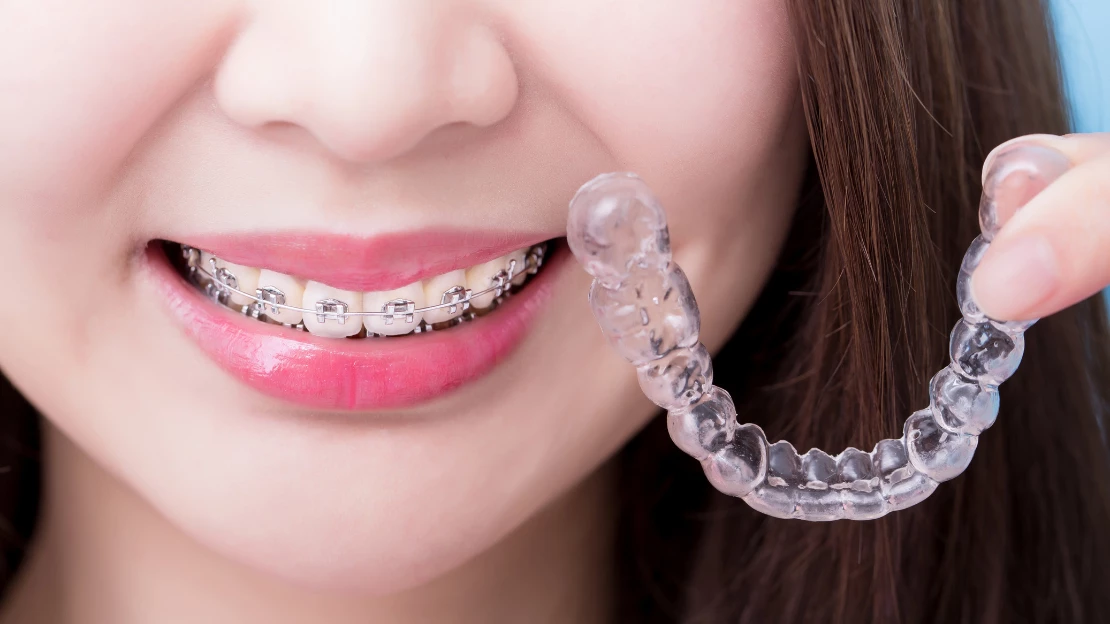The Best Guide To Legacy Orthodontics
The Best Guide To Legacy Orthodontics
Blog Article
The Basic Principles Of Legacy Orthodontics
Table of ContentsNot known Details About Legacy Orthodontics The Best Strategy To Use For Legacy OrthodonticsGetting The Legacy Orthodontics To WorkThe 7-Minute Rule for Legacy OrthodonticsSee This Report on Legacy Orthodontics
At Advanced Orthodontics, we offer clients with a all natural treatment experience. In enhancement, we supply flexible treatment timetables, versatile payment alternatives and a fun, enjoyable experience. clear braces. Telephone call ( 480) 357-4900 today to find out more and routine a consultation.An orthodontist is a dental practitioner trained to identify, stop, and treat teeth and jaw irregularities. They fix existing problems and are educated to identify issues that may establish in the future. Orthodontists collaborate with people of all ages, from children to adults. People often associate an excellent smile with healthiness.
Malocclusion, or misaligned teeth, can cause oral problems, consisting of tooth degeneration, gum illness, and tough or excruciating chewing. But not everyone is born with straight teeth. If you have a negative bite or big spaces in between your teeth, you might intend to consult a dental practitioner concentrating on orthodontic treatment.
Not known Facts About Legacy Orthodontics
( Picture Credit Report: DigitalVision/Getty Images) Orthodontists use fixed and removable dental gadgets, like dental braces, retainers, and bands, to change the position of teeth in your mouth. Orthodontic therapy is for oral abnormalities, consisting of: Uneven teethBite problems, like an overbite or an underbiteCrowded teeth or teeth that are as well far apartJaw misalignmentThe goal of orthodontic treatment is to boost your bite.
A healthy and balanced bite ensures you can eat, chew, and speak effectively. While you might think about orthodontists as mainly for youngsters or young adults who need dental braces, they can fix dental problems at any type of age. Orthodontists attend college, dental institution, and orthodontic school. After graduation, they spend 2 or 3 years in an orthodontic residency program.
All orthodontists are dental professionals, but not all dentists are orthodontists. Orthodontic residency programs use extensive, focused instruction for dental specialists. They concentrate on 2 areas: How to effectively and safely relocate teeth Just how to appropriately guide development in the teeth, jaw, and faceOnce an orthodontist has completed training, they have the option to end up being board accredited.
The Basic Principles Of Legacy Orthodontics
Misalignment, or malocclusion, is one of the most usual reason people see an orthodontist. It is hereditary and is the result of size distinctions in between the top and reduced jaw or between the jaw and teeth. Malocclusion brings about tooth congestion, a misshapen jaw, or uneven bite patterns. Malocclusion is normally treated with: Your orthodontist attaches steel, ceramic, or plastic square bonds to your teeth.
If you have only small malocclusion, you may be able to make use of clear dental braces, called aligners, rather of traditional dental braces (https://www.4shared.com/u/B74XyKlV/brianmccune20176.html). Some individuals require a headwear to help move teeth right into line with stress from outside the mouth. After braces or aligners, you'll need to wear a retainer. A retainer is a custom-made device that maintains your teeth in area.
They can develop additional space in the mouth without having to draw teeth. Orthodontists make use of wires, medical screws, or plates to sustain your jaw bone.
You might require to see an orthodontist if you have: Crowding or not adequate space for all of your teethOverbite, when your upper teeth come by your bottom teethUnderbite, when your base teeth are too far forwardSpacing or concerns with gapsCrossbite, which is when your top teeth fit behind your bottom teeth when your mouth is closedOpen bite or an upright void in between your front bottom and upper teethMisplaced midline, when the facility of your base and top teeth don't line up Remedying a dental malocclusion can: Make biting, eating, and talking easierImprove the balance of our face and your total appearanceEase pain from temporomandibular joint problemsDifferent your teeth and make them much easier to cleanse, assisting protect against tooth degeneration or tooth cavities It's frequently a dentist who initially notices misaligned teeth throughout a regular examination.
The 2-Minute Rule for Legacy Orthodontics

Throughout your initial orthodontic appointment, you'll likely have: An oral examPhotos taken of your face and smileDental X-raysPanoramic (360 degree) X-rays of your face and headImpressions to create mold and mildews of your teethThese examinations will help your orthodontist understand just how to wage your treatment. clear braces. An orthodontist is a dental professional that's had training to treat your teeth and jaw
An orthodontist is focused on your bite, so something like a chipped tooth would be dealt with by a dental professional. Orthodontists are focused on your bite, or the means your teeth fit with each other, and the straightness of your teeth.
Ever questioned how celebs always seem to have perfectly straightened teeth? The solution frequently hinges on the knowledgeable hands of an orthodontist. However what precisely does an orthodontist do? Orthodontists are dental experts who concentrate on remedying abnormalities in the teeth and jaws. Their knowledge surpasses just producing a stunning smile; it includes enhancing your total oral health and wellness and feature.
Some Known Details About Legacy Orthodontics

While braces are the most generally identified orthodontic therapy, orthodontists have a diverse toolkit at their disposal. The details strategy selected depends upon the severity of the case, the individual's age, and private preferences. These tried-and-true braces utilize a system of braces adhered to the teeth and connected by cords.
Clear aligners, like Invisalign, are a preferred choice for people looking for a more discreet therapy alternative. These detachable trays are customized to considerably change the teeth's setting. Headgear may be utilized in conjunction with dental braces or aligners to apply extra targeted pressures, particularly for remedying jaw disparities. In situations of narrow jaws, palatal expanders can be utilized to develop area for correct tooth positioning.
Report this page